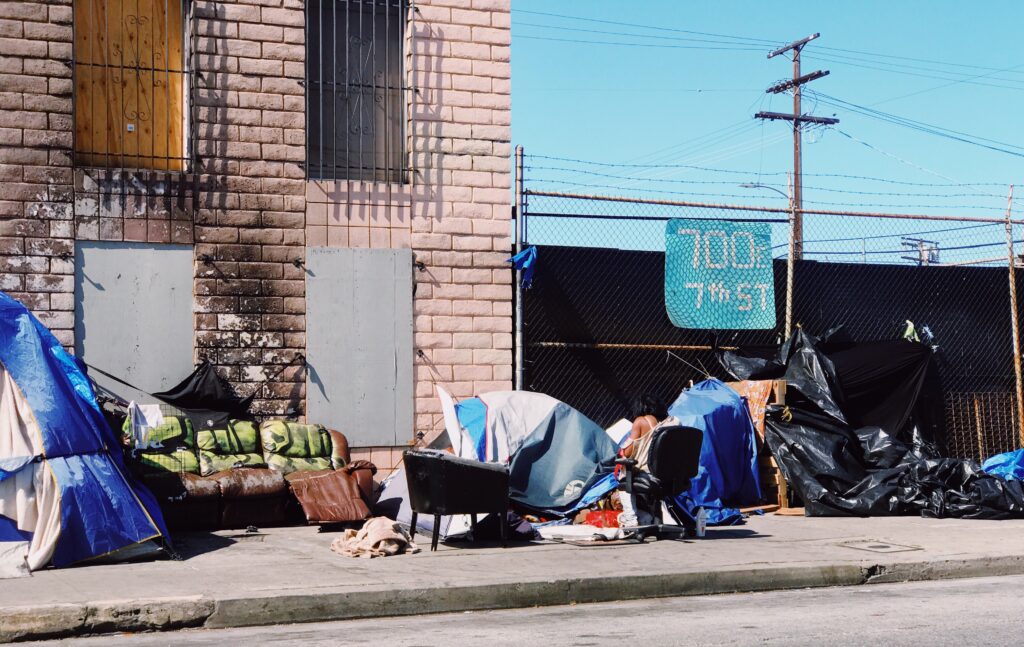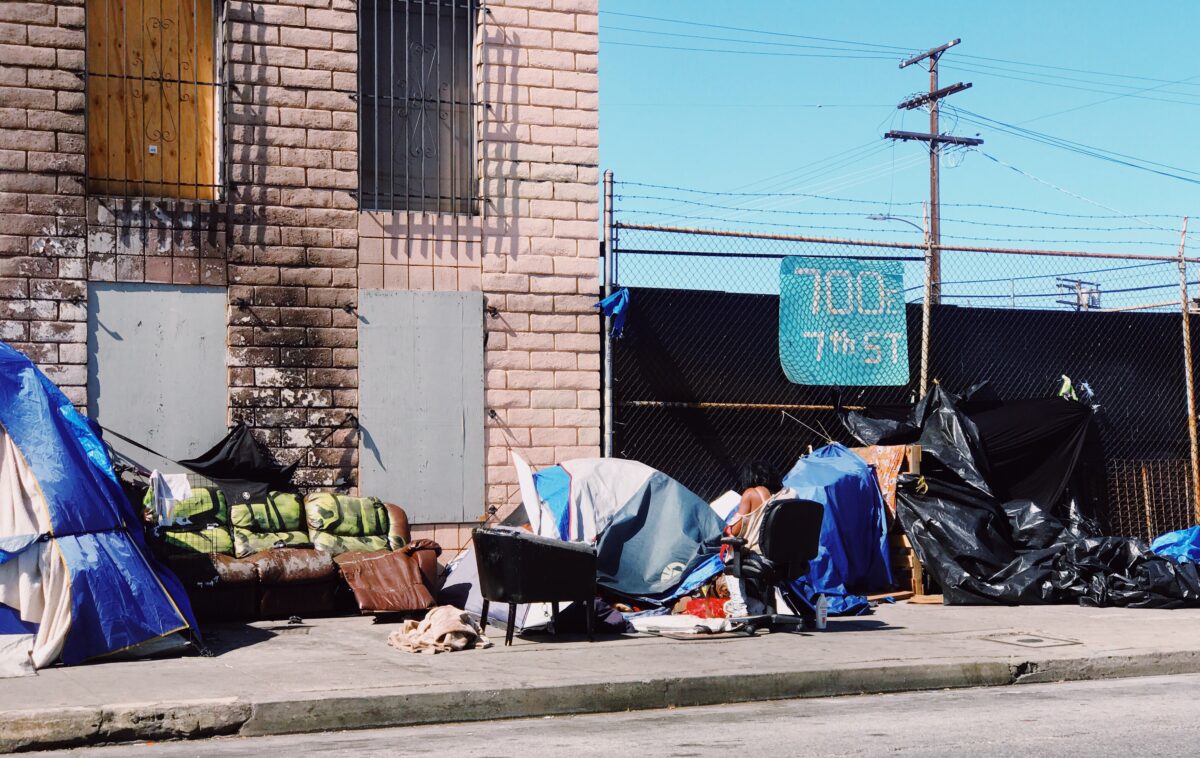One of the most well-known Christian parables is the story of the Good Samaritan. When a law expert asks Jesus how to inherit eternal life, Jesus reminds him to keep the law, summarized in the First and Second Commandments. “But who is my neighbor?” the legal expert asks. Jesus then tells the story of a man who is robbed on a highway, beaten and left for dead. Religious leaders and pious Jews pass and ignore him but a Samaritan stops, nurses his wounds, books him at a local inn, and pays for the costs of his recovery.

A few months ago, I moved to Waco, Texas for a chance to study theology with a local Anglican church. I knew a few things about Waco before I came: that it was home to Baylor University and the city behind “Fixer-Upper.” I did not know it is one of the country’s poorest cities, so when I arrived, I was shocked by the city’s poverty and visible homelessness.
At the church where I spend most of my days, there are frequent homeless men sleeping in the enclave on the side of the building. Driving around the city for errands, it’s not uncommon to see panhandlers dashing across dangerous 4-lane roads or walking up and down the line of cars waiting to turn into Walmart’s parking lot. I often see men and women in dirty clothes walking underneath the interstate or picking their way along badly-kept sidewalks as rivers of speeding cars flow by them.
At this fellowship, we study theology — the body of Christian beliefs, but we also study theopraxy: these beliefs lived out in the world. As an example, we look at the lives and practices of the early Church, a community of believers marked by many unique practices, including consistent service to the poor, widowed and orphaned. I hold much of the same theology as early believers, but when it comes to theopraxy, I struggle to know what it would mean for me to imitate them in this practice, given my Western, suburban context. Like the legal expert, I often wonder: Who is my neighbor? And what does it mean to help them?
These might seem like easy questions with easy answers: the homeless, the single moms, the kids who need tutors are your neighbors. Solutions: volunteering, donating granola bars and unneeded winter jackets, joining an after school program. But this is exactly my point. In the case of the Good Samaritan, he wasn’t volunteering. This moment of charity unfolded organically, in the course of his ordinary life. The needy person was visible, the need was clear and the solution was attainable. It required no sign-up sheets, no orientation sessions no driving 30 minutes to the poor part of town. Helping the poor was integrated into his ordinary life. It wasn’t a service project.

In American cities, helping the poor cannot be such an organic, spontaneous decision because such behavior has been designed out of our cities. American suburbia emerged because rich people wanted to avoid the poor, to put them out of sight. This philosophy of avoidance is what gave rise to single-family homes, minimum lot sizes, fences, garages, backdoors, setbacks, barely-funded public transit systems and automobile infrastructure. In many ways, it’s what perpetuates poverty in many of our cities.
American cities, with their philosophical emphasis on individualism, privacy, and financial maximization, make it difficult to identify the needy and to build authentic, mutually-beneficial friendships with them. Simply put, it is difficult to meaningfully engage with the poor because the design of our cities steers us away from them.
Seeing* the poor among us, let alone helping them is not only a matter of right theological thinking, it is also a matter of proximity. The Good Samaritan helped the beaten man because he saw him, he could get to him. In many cities, proximity has been designed out of our experience; we embraced dispersal instead. Most American cities are segregated by income level, making authentic interactions between citizens of various socioeconomic levels nearly impossible. And with our prioritization of driving, it’s easy to get around without ever seeing a poor person let alone a poor neighborhood.
As a result, well-intentioned Good Samaritans are forced into one of two options: either uprooting themselves and their families and moving into poor neighborhoods (perhaps unintentionally sparking a cycle of gentrification) or visiting the invisible poor in their communities 1-2 times a month to volunteer. Truly effective solutions to American poverty begin in consistent presence, yet our neighborhoods are designed to make this kind of presence impossible.
This comes at a cost to both parties. For the poor, it cuts them off from friendships outside of their immediate context of poverty, eliminating an essential step to improving their situation. For the Christian, we risk growing weak in charity, a critical habit of Christian faith.
So where does this leave us?
True compassion requires right theology and intentional theopraxy but our theopraxy is often determined by the design of our cities. Conversations about the future of our cities and our neighborhoods should take this into account. Will we continue to orient our decisions around dispersal and escape or will we embrace proximity and integration?
*Caveat: By seeing, I don’t mean literally seeing, I mean seeing in a way that makes it possible to know what to do. So often, the working poor are isolated in our cities, stuck in neighborhoods of concentrated poverty, excluded from the rest of the city. These are the invisible poor. The visible poor we those we see panhandling and loitering, often struggling with addictions or mental health conditions that make efforts at assistance risky. I might want to offer food to a person on the street, but what if they are schizophrenic or dangerous? What if my few dollars only go to fund a disabling habit?
